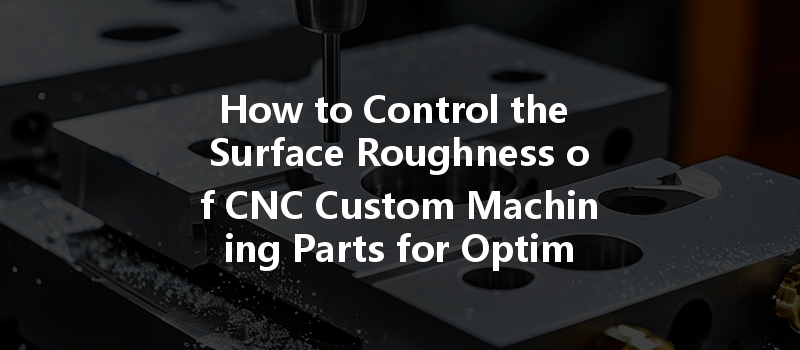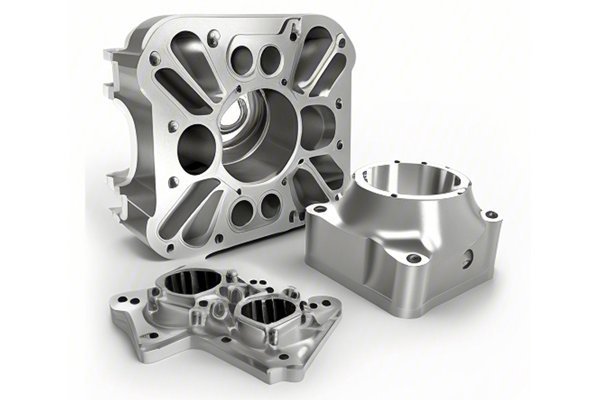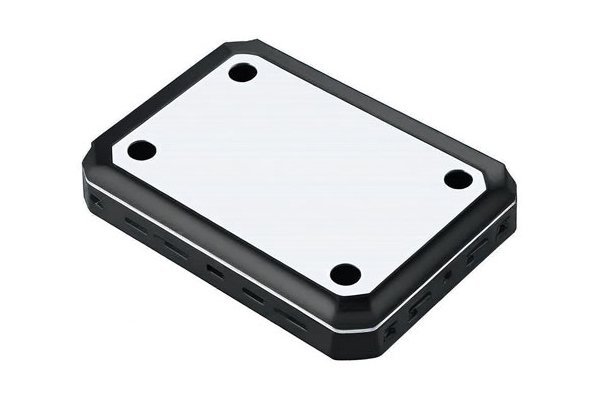Opening
Did you know that the surface roughness of precision-engineered parts can significantly influence their performance, service life, and even the overall production costs? In CNC (Computer Numerical Control) machining, achieving the desired surface finish is not just a matter of aesthetics; it’s a crucial factor that affects the functionality and reliability of the components. With tolerance levels often less than a few microns, understanding how to control surface roughness is essential for manufacturers who seek to produce high-quality CNC custom machining parts.
Understanding Surface Roughness: An Overview
Surface roughness refers to the texture of a surface that results from the machining process. It is quantified using various parameters, with Ra (average roughness) being the most common measure. A lower Ra value indicates a smoother surface, while a higher value signifies increased roughness.
This measurement can impact various factors, including:
Factors Affecting Surface Roughness in CNC Machining
Before delving into various methods to control surface roughness, let’s identify some of the key factors that play a role in achieving the desired quality:
Different materials exhibit varying machining characteristics. Hard materials may require different tooling and feed rates than softer materials. Understanding material properties helps determine the appropriate machining parameters.

Use of appropriate coolant not only helps in heat management but also enhances the surface finish. Flood cooling is more effective in minimizing roughness than mist or dry machining.
Strategies for Controlling Surface Roughness
Now that we have established the fundamental factors affecting surface roughness, let’s explore some effective strategies for controlling and optimizing it in CNC custom machining parts.
Investing in high-quality tools designed for specific materials can lead to better finishes. It’s also essential to maintain the tools properly by ensuring they remain sharp and free of burrs.
Experiment with different combinations of cutting speed, feed rate, and depth of cut to find the optimal setup for your specific materials. CNC machines allow for precise adjustments, and using simulation software can help predict outcomes without incurring actual production costs.
Advanced CNC machines are equipped with adaptive control systems that adjust parameters automatically based on feedback from the machining process. These systems can effectively reduce surface roughness by optimizing the machining conditions in real-time.
Post-processing methods such as polishing, grinding, or coating can significantly enhance the surface quality of machined parts. Consider these techniques as part of your manufacturing process to achieve the desired finish.
Integrating measurement tools such as laser scanners or 3D profilometers allows for ongoing monitoring of surface roughness. This data can inform immediate adjustments in machining processes to minimize roughness.
An experienced operator can make all the difference in achieving optimal surface finishes. Continuous training and familiarization with the latest techniques and technologies can empower operators to make informed decisions during the machining process.
Controlling the surface roughness of CNC custom machining parts is vital in ensuring high-quality outcomes across various industries. By understanding and manipulating key factors—such as material choice, machining parameters, tooling, and even treatment methods—manufacturers can optimize their processes for superior quality.
Ultimately, the quest for a perfect surface finish boils down to a combination of science, precision engineering, and skilled craftsmanship. As the demand for complex geometries and tighter tolerances grows, investing in technologies, training, and meticulous processing will not only enhance product quality but also establish your brand’s reputation in a competitive market.
So, if you’re involved in CNC machining, remember that surface roughness is not just a number to jot down—it’s a crucial component of your manufacturing integrity. Tackle it head-on and embrace the path to precision and excellence in your production processes.






